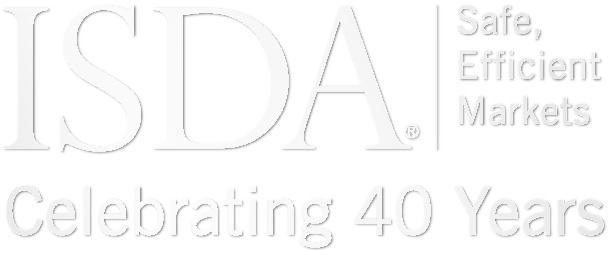
ISDA Chief Executive Officer Scott O'Malia offers informal comments on important OTC derivatives issues in derivatiViews, reflecting ISDA's long-held commitment to making the market safer and more efficient.
Setting risk-based capital requirements for banks is a fine balancing act. The level of capital must adequately cover the risk posed by a particular asset without being excessively conservative, which could threaten the ability of banks to participate in that market. The methodologies used for calculating capital must also be sophisticated enough to accurately measure risk, but not so operationally complex and impractical that banks can’t implement them. In some cases, this balance isn’t quite right, and further work is needed to fine-tune the rules. The treatment of equity investments in funds (EIIF) under the revised market risk capital framework is one such area.
The Fundamental Review of the Trading Book (FRTB) sets several methodologies for calculating capital for EIIFs under either an internal models-based or standardized approach, but these methodologies are extremely computationally intensive and not viable in several cases. Earlier this month, ISDA published a paper together with the Global Financial Markets Association (GFMA) and the Institute of International Finance (IIF) that explores the challenges and proposes alternative methods.
This is an important issue because funds provide significant economic and social benefits to investors. By enabling access to a diversified portfolio of managed assets at a lower cost than investing in individual stocks in isolation, funds remove the barriers to entry faced by many small investors. Global assets under management have grown significantly in recent years and had exceeded $100 trillion by the end of 2020, according to data from the Boston Consulting Group.
Banks play a key role in facilitating indirect investment in funds for their clients, offering hedging solutions for their customers and creating an effective, liquid market. If implemented without recalibration, the capital treatment of EIIFs under the FRTB could constrain their ability to participate in this market.
As they stand, the rules introduce an onerous methodology under the internal models approach, known as the look-through approach, which requires banks to have the capability to analyze the individual components of a fund on a regular basis. Given the reluctance of some asset managers to disclose this information and delays in the publication of data, it can be very difficult to apply in practice.
Under the standardized approach, other methodologies are available, including an index-based approach and a mandate-based approach, but these are also computationally complex and will be difficult for many banks to deploy. A fallback approach that allows banks to treat EIIFs as unrated equity exposure is less computationally intensive but imposes a punitive risk weight that doesn’t allow for any diversification benefit.
An industry survey conducted during the development of the paper found that most banks plan to calculate capital for EIIFs using the fallback approach, despite its conservatism. As a result, 70% of banks that will use the fallback approach expect their capital to increase by six times on average. This is not a good outcome, and risks constraining banks’ ability to support investment in funds. We believe the calculation methodologies should be modified to make them simpler and more accessible to market participants.
Now is the time to revisit the rules and make the necessary changes. In October 2021, the European Commission published legislative proposals to implement the final parts of Basel III, and other jurisdictions are expected to issue their own proposals in the months ahead. This will set the framework for risk-based capital requirements for decades to come, so it is critical that the standards are appropriately calibrated to preserve the accessibility of funds for retail investors.
Read the ISDA, GFMA, IIF paper: Capitalization of Equity Investments in Funds Under the FRTB
Latest
IRD Trading Activity Q3 2025
This report analyzes interest rate derivatives (IRD) trading activity reported in Europe. The analysis is based on transactions publicly reported by 30 European approved publication arrangements (APAs) and trading venues (TVs). Key highlights for the third quarter of 2025 include:...
Ardagh Credit Event Processing and Trading
The Credit Derivatives Determinations Committee announced on December 15 that a restructuring credit event has occurred with respect to Ardagh. An ISDA Credit Market Infrastructure Group call was held on December 15 to discuss the processing of this event. The...
Future Path - IQ December 2025
At the start of ISDA’s 40th anniversary year, IQ convened the pioneers of the association to reflect on how a desperate need for standardization in the early days of the derivatives market brought dealers together to develop a dictionary of...
Steps to a Vibrant Derivatives Market: SOM Remarks
Steps to a Vibrant and Resilient Derivatives Market December 4, 2025 Remarks at the Mediterranean Partnership of Securities Regulators Scott O’Malia ISDA Chief Executive Officer Good afternoon and thank you to the Mediterranean Partnership of Securities Regulators (MPSR) for...



